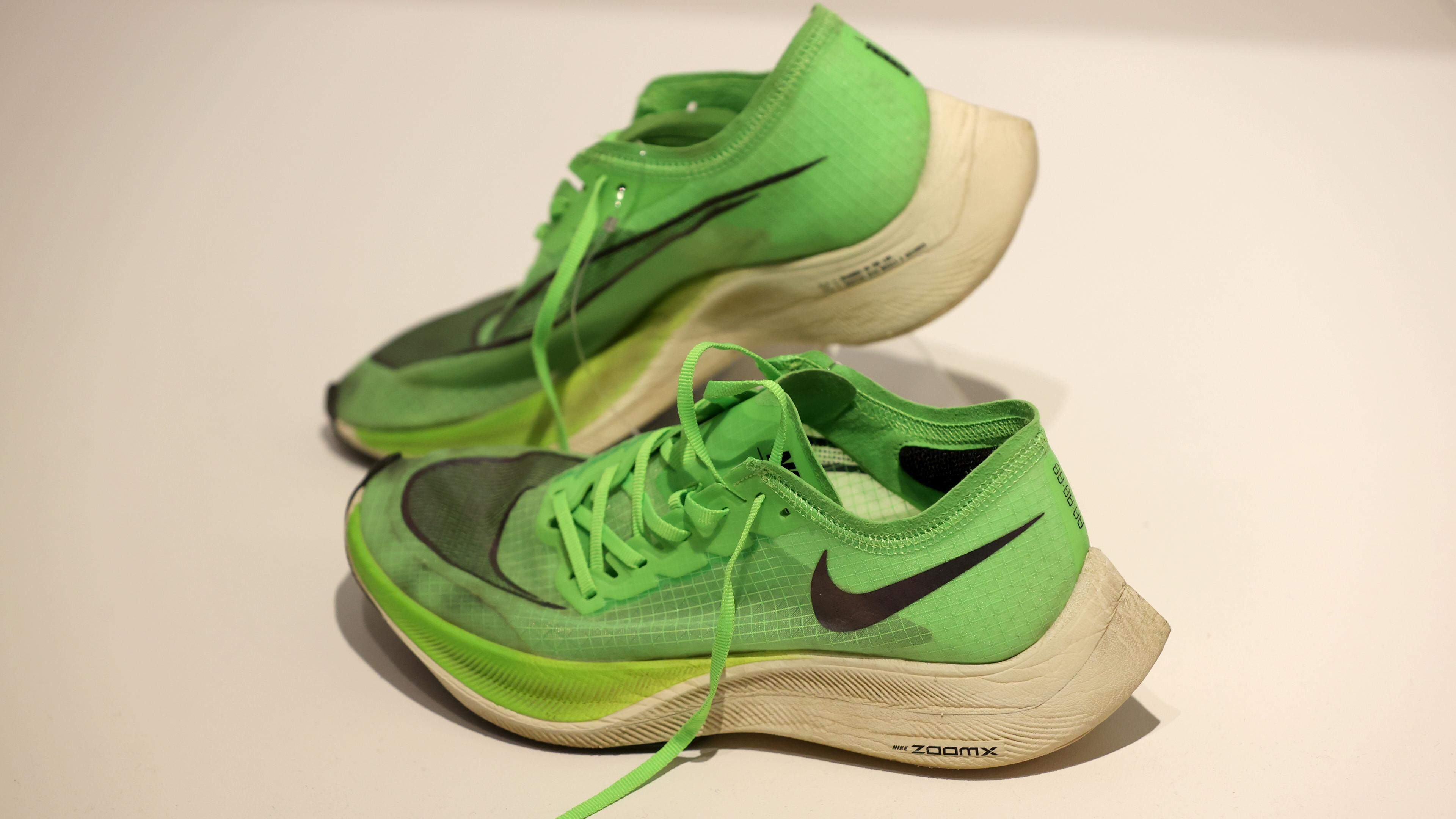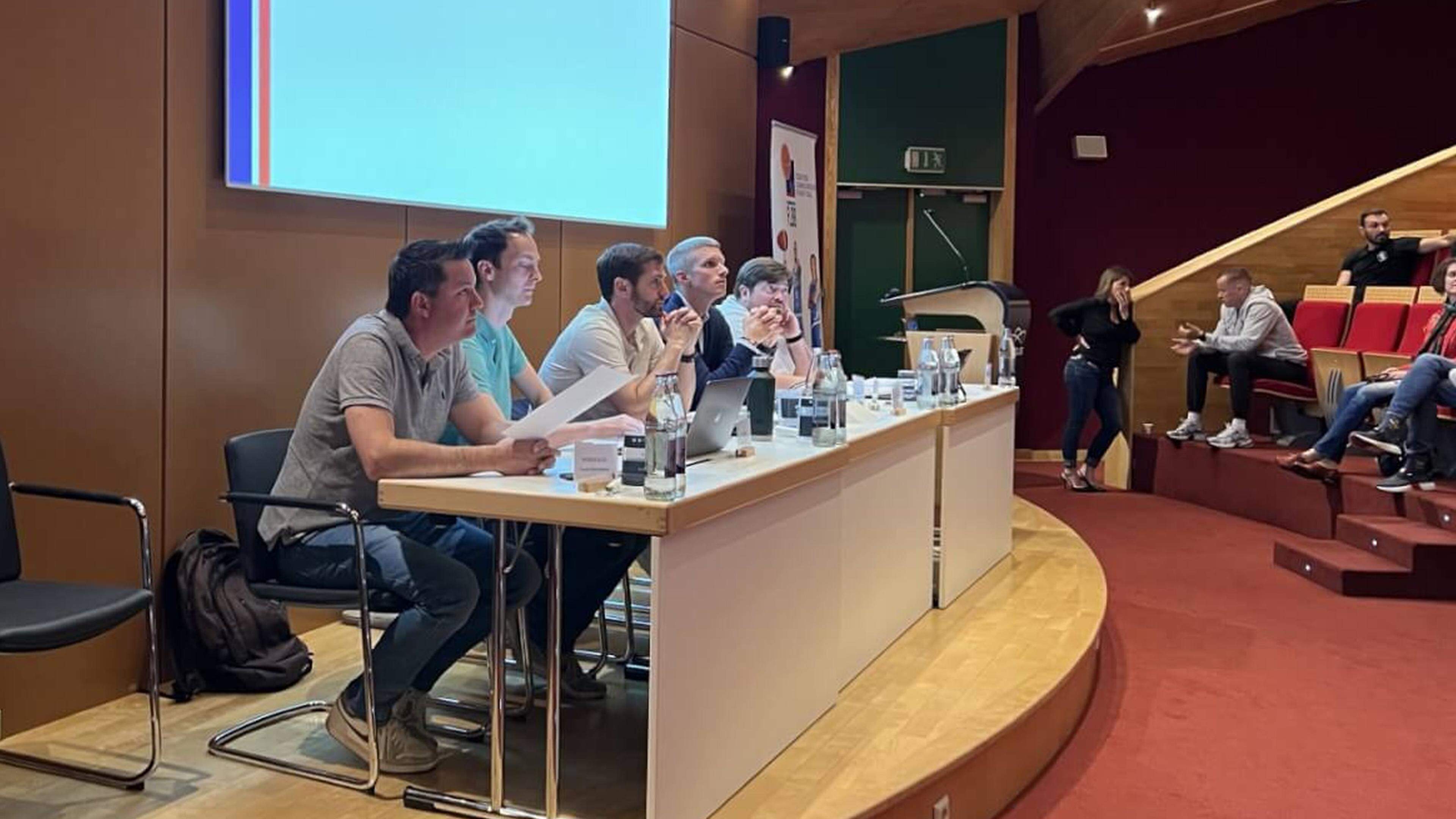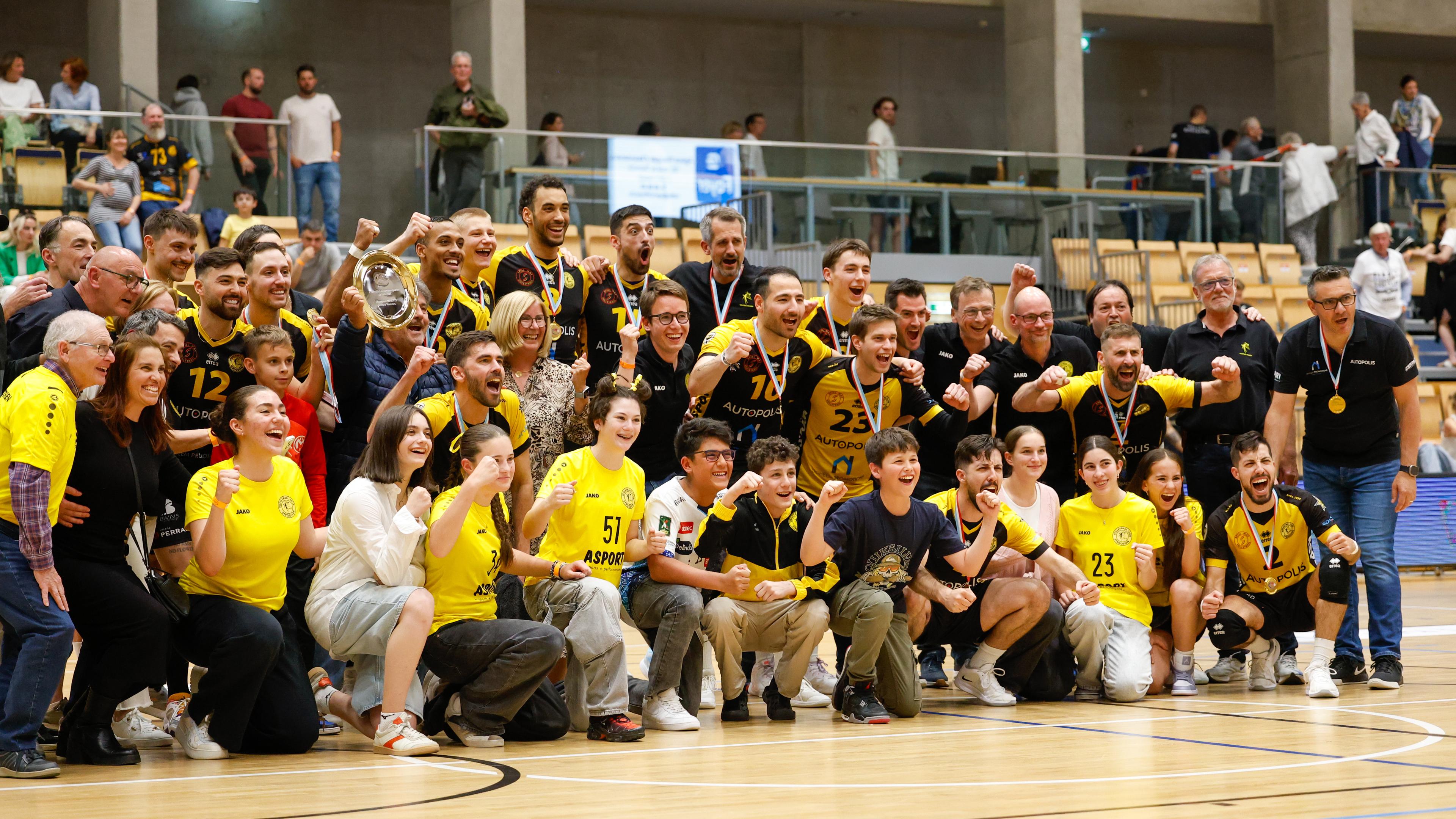If you really make super running shoes faster-and who not

If you want to run fast at the competition level, you have to train a lot and hard. That used to be the case and that still applies today. Nevertheless, the runners generally become faster these days, with a factor in particular playing a crucial role. The running shoe that the athletes use.
Since the American sporting goods manufacturer Nike launched the first super shoe in 2017 in 2017, this has led to a spectacular acceleration of the running disciplines that began on the street and attacked the train a little later. It was the starting signal of a true evolution in the development of new running shoes, which from then on could no longer escape a manufacturer. Numerous models of various brands are now available.
One who is very familiar with super shoes is the Luxembourgian Medium and long-distance runner Bob Bertemeswho has already secured several national championship titles over different distances. In addition to his profession as a physiotherapist, Bertemes feeds his around 160,000 followers on Instagram (Berte.bobNote d. Ed.) Constant with short video clips around the topic of running.
There is an increased risk of injury for super shoes. The foot becomes stiff faster, the pressure on the fibula also increases.
Bob Bertemes
Runner and trainer at Celtic Diekirch
« Personally, super shoes use a lot, especially in training, » said the 29-year-old. « It is an interaction of the good foam damping, the carbon plate and the special rolling shape in the area of the toes. The runner is in a steady forward movement, the leverage effect transmits the strength better to the floor and you tire more. »
When Bob Bertemes triumphed at the Deulux, he ran in a super shoe. Photo: Christian Kemp
It is exactly the recovery effect that many runners rely on. Because in this way it is possible to complete more and more intensive training sessions within a short time, which ultimately goes hand in hand with a holistic increase in performance. However, the special damping and the shape of the shoes are demanding their toll. « There is an increased risk of injury in super shoes. The foot becomes stiff faster, the pressure on the fibula also increases, » says the expert. In addition, due to the soft midsole with carbon plate, there is a risk that runners can buckle more easily and are practically forced to run on the forefoot.
Shefi Xhaferaj and Bob Bertemes get the national championship titles
Deficits also have super shoes in terms of service life. « After 100 km, the foam damping already shows the first fatigue. 250 km should still hold out, although this depends a bit on the weight of the runner, » said the runner and trainer of the Celtic Diekirch.
A question of height and regularity
However, it is precisely these, already somewhat leaked shoes that Bertemes and Co. like to use for their training sessions, while in the competition the less strongly stressed models are usually used: with the aim of achieving the best possible results. Bertemes makes it clear that only the regular use of one of these shoes makes the runner really better. « Anyone who has never run into such a shoe and suddenly tried it out at the competition will not necessarily run faster. The advantage is clearly over the regular use and the associated additional training, which the shoe enables due to the lower fatigue. »
It is not the shoe that makes you faster. You just need fewer steps.
Bob Bertemes
Runner and trainer at Celtic Diekirch
According to Bertemes, the sports equipment only has its entire effect in the competition if it is run over longer distances from ten kilometers and more. « It is not the shoe that makes you faster. You just need fewer steps. Because the sole is higher and this results in a larger stride length », Bertemes refers to a maximum of four centimeters thick soles. « There is a difference whether the legs are heavy after 30 km at the marathon or only four km later. » As a result, the supreme discipline no longer only includes two runs at a high level per year, but three or four.
The Nike Zoom Vaporfly Elite Flyprint at its presentation in 2017. Photo: Getty Images
« The Vaporfly was under the running shoes in his time, but the other manufacturers made up. Evolution has not yet ended, but has slowed down, » says Bertemes. But especially at the marathon, there are always particularly bizarre innovations. « There are marathon shoes that hold exactly a race. They weigh almost nothing anymore and the upper material practically dissolves until the finish. The athletes do not run in and use them specifically for a race. » With a cost factor of around € 500 for the disposable shoe, it is more likely to be aimed at a professional audience.
Luxembourg double success in the Deulux run
With 250 to € 300, the usual super shoes are definitely not a bargain. Although Bertemes is convinced of her positive effect, he would not recommend it to every runner. « Super shoes are effectively worthwhile from an average of 4,30 » per kilometer. As a hobby runner, you have to be very ambitious. For those who run slower, I would recommend normal running shoes. They are also available with a springs of foam, but without a carbon plate that influences the running rhythm, may even have a negative impact on inexperienced runners. ”
With a price of € 100 for the previous year’s model or between 140 and 160 € for the latest, recreational athletes could even buy two to three pairs of normal running shoes for the money and at the same time treat their feet a little variety. « Last but not least, it is important that you feel comfortable in your running shoes and of course the movement feels, » says the coach of Celtic and finally recommends. « Better than ordering online, it is to get advice on site in a sports shop and try on your shoes directly. After a few steps, you often have a feeling whether it fits or not. »







